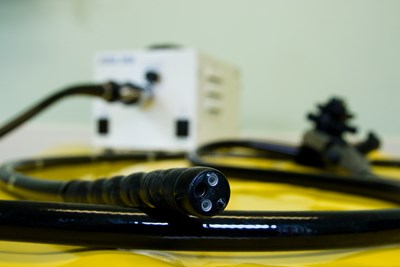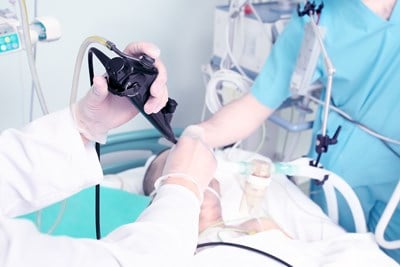Despite their rather off-putting reputation, endoscopies are extremely useful medical procedures. They're actually quite simple—an endoscope is a slender length of tubing with a light and camera on the end. Different types of endoscopies may be used for the joints, lungs, abdomen, or urinary tract, but they are also widely used for examining and treating the digestive or gastrointestinal tract.
While an upper endoscopy goes down the throat to look at the esophagus, stomach, and small intestine, a sigmoidoscopy or colonoscopy is performed by inserting the endoscope into the rectum and through the large intestine or colon. Whatever the endoscope sees can be viewed on a screen, and in this way doctors can provide an array internal services with no surgery required and minimal risks.
Evaluation
In some cases, an endoscopy may be necessary to examine what’s going on. If a patient is experiencing severe stomach pain, an upper endoscopy provides a noninvasive opportunity to look for its causes. If there has been a sudden, persistent change in bowel movements, such as blood in the stool, continual diarrhea, or constant constipation, an endoscope allows the doctor an opportunity to begin to form a diagnosis. If the patient has an ulcer or gastritis, an examination can be made to determine the degree to which these disorders are occurring, if they are currently active, or if treatment has been successful. In some cases, a biopsy may be necessary. Luckily, a sample of tissue can be removed through the endoscope to be examined for diseases, like cancer or anemia.
Treatment
Endoscopy also allows for minimally invasive treatment of some conditions. Polyps, or small growths, may sometimes form, particularly on the colon. Similarly to the way the biopsy is performed, the polyps too can be removed through the endoscope, without having to resort to traditional surgery.
Internal bleeding can also be treated with endoscopy. Additionally, medication can be sent in and applied around the area, or lesions can be cauterized (sealed by heat). If areas in the colon have gotten very narrow, resulting in difficulty of internal movement, a balloon can be sent in and the stricture (narrow area) can be enlarged, or dilated. Foreign objects that have found their way into the digestive system can also be removed. For example, if a small child swallowed an object like a staple that cannot or should not be passed in the normal way, it can be retrieved via endoscopy.



